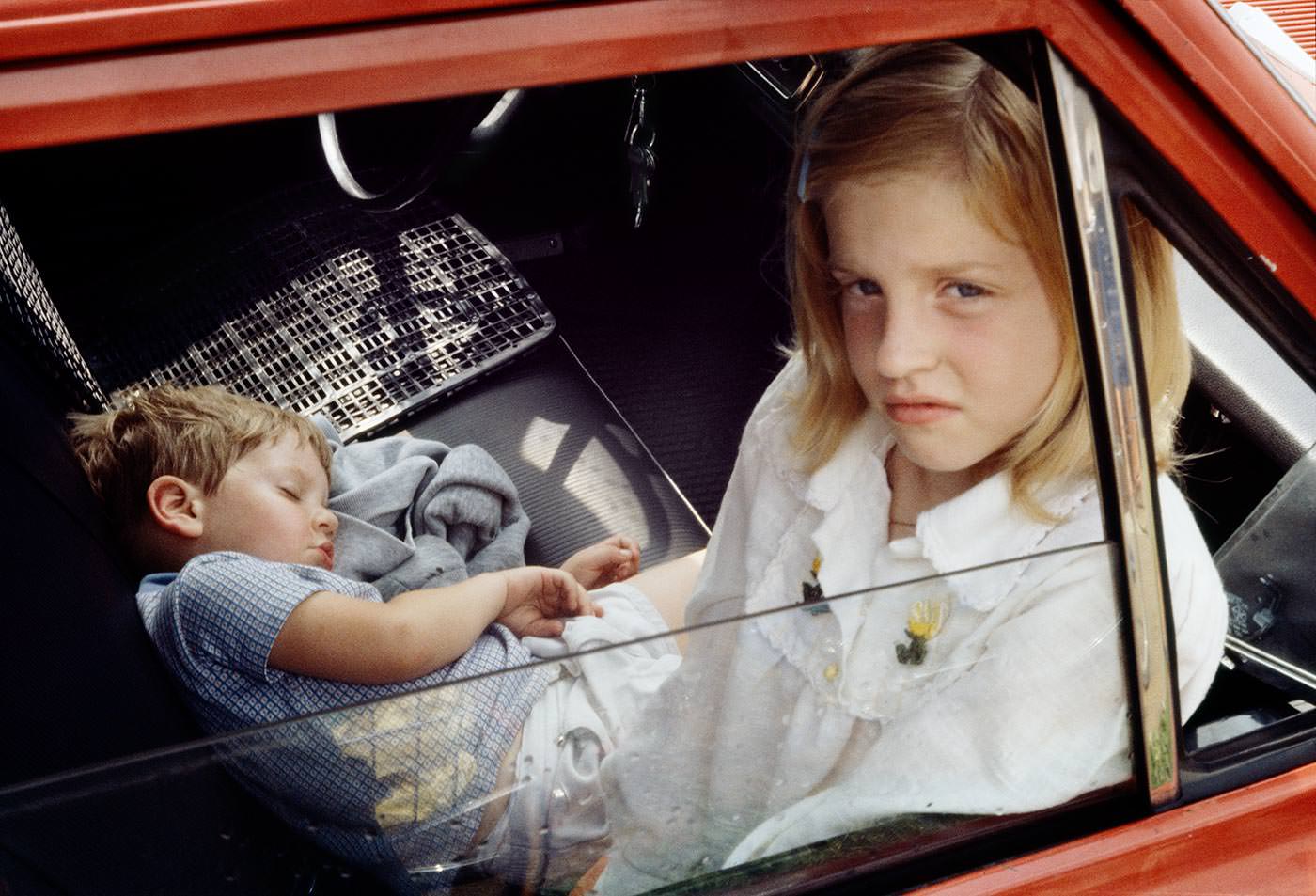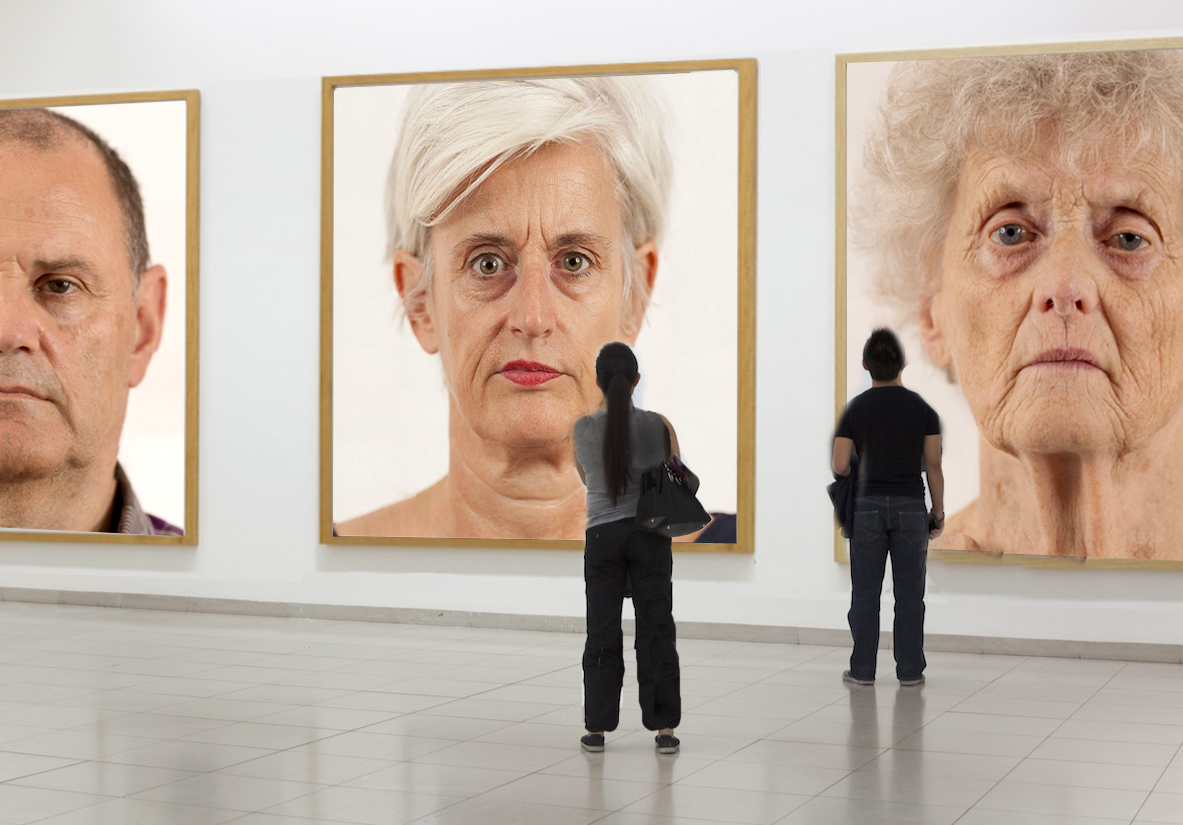RoboPhot, A 2.5 billion pixel photo in the making
Daniel Böschung is a Swiss photographer who’s latest installation is on a very enlarged scale. He uses a AAB robot arm with a 21.1 Megapixel Canon 5D mark II attached to a EF 180mm Macro lens to create these very fine detailed images. His workflow consists for computer controlling the robot and camera to capture every millimetre for the subject he is photographing. These images are checked in Lightroom & stitched together to create the final images.
Printed up full scale they are truly impressive. Normally Canon’ s 5D camera has a pixel measurement of 5,616 × 3,744. As each picture consists of about 600 single shots with a size of 900 million pixels or 81,970 x 71,345 pixels.
Would you get one of these done?
Daniel Boschung cartographies faces. The composed mega portraits are irritating.
‘The Machine View’ is the Swiss publicity and coverage photographer’s newest project. He cartographies faces. Instead of taking pictures himself, he removes himself out of the process by delegating the work to an ABB industrial robot driven by a control software, which was written exlusively for this task. The standardized portraits have a surprising impact.
Each picture consists of about 600 single shots with a size of 900 million pixels. The result is hyper realistic. A stubble turns into a trunk, a wrinkle into a canyon, the nostril into a cavern. These facial landscapes are dismaying – why? ”Emotions are completely missing. Emotions show up only briefly while Macro photography takes half an hour. The person has to stay motionless while being photographed by the robot” explains Boschung.
Boschung uses a Canon EOS Mark ll camera with a 180mm macro lens, which he transformed into a telecentrical lens. For his flash installation his uses the Scoro S 32000 RFS 2 from broncolor, one of only a few flash generators able to cope with these extraordinary demands. Boschung’s requirements were short flash frequencies, constant light temperatures and short loading cycles. Other flash lights tend to overheat, have to be cooled with ice packs and exhibit variable colour spectrum.

Kim is a professional photographer & Official Fujifilm X-Photographer living in Celbridge Co Kildare, Ireland. When not shooting Portraits and Weddings or Corporate & Editorials he can be found searching out the best coffee shops or running round after his two kids.
Get 20% off Unlimited Photo Storage & Galleries with Smugmug | Download Capture One Fujifilm
 Previous post
Musicians Who Shaped NYC
Previous post
Musicians Who Shaped NYC
 Next post
Who Is Vivian Maier?
Next post
Who Is Vivian Maier?

